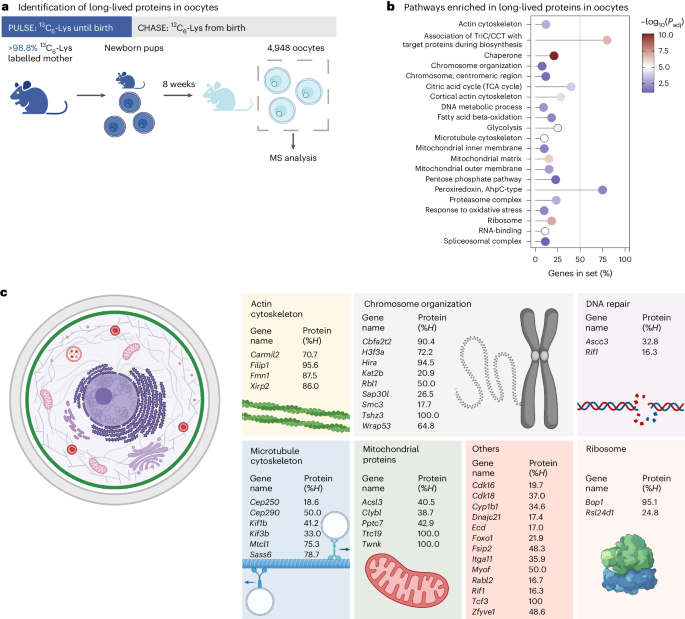2024-07-09 韓国基礎科学研究院(IBS)
<関連情報>
- https://www.ibs.re.kr/cop/bbs/BBSMSTR_000000000738/selectBoardArticle.do
- https://www.journal-of-hepatology.eu/article/S0168-8278(24)02317-1/abstract
直接作用型抗ウイルス薬によるC型慢性肝炎の治療成功後も、制御性T細胞のエピジェネティックな傷跡は残る Epigenetic scars in regulatory T cells are retained after successful treatment of chronic hepatitis C with direct-acting antivirals
So-Young Kim,June-Young Koh,Dong Hyeon Lee,Jun Yong Park,Won Kim,Eui-Cheol Shin
Journal of Hepatology Published:June 13, 2024
DOI:https://doi.org/10.1016/j.jhep.2024.06.011
Highlights
- Increased TREG in chronic HCV patients persists after DAA-induced viral clearance.
- HCV clearance by DAA treatment does not abrogate inflammatory features of TREG.
- HCV clearance does not reverse inflammatory imprinting in the epigenome of TREG.
- Increased TNF+ TREG in chronic HCV patients is maintained after viral clearance.
Abstract
Background & Aims
Chronic hepatitis C virus (HCV) infection results in abnormal immunological alterations, which are not fully normalized after viral elimination by direct-acting antiviral (DAA) treatment. Here we longitudinally examined phenotypic, transcriptomic, and epigenetic alterations in peripheral blood regulatory T (TREG) cells from patients with chronic HCV infection according to DAA treatment.
Methods
Patients with chronic genotype 1b HCV infection who achieved sustained virologic response (SVR) by DAA treatment and age-matched healthy donors were recruited. Phenotypic characteristics of TREG cells were investigated through flow cytometry analysis. Moreover, transcriptomic and epigenetic landscape of TREG cells were analyzed using RNA-seq and ATAC-seq analysis.
Results
The TREG cell population—especially the activated TREG cell subpopulation—was expanded in peripheral blood during chronic HCV infection, and this expansion was sustained even after viral clearance. RNA-seq analysis revealed that viral clearance did not abrogate the inflammatory features of these TREG cells, such as TREG activation and TNF signal. Moreover, ATAC-seq analysis showed inflammatory imprinting in the epigenetic landscape of TREG cells from patients, which remained after treatment. These findings were further confirmed by intracellular cytokine staining, demonstrating that TREG cells exhibited inflammatory features and TNF production in chronic HCV infection that were maintained after viral clearance.
Conclusions
Overall, our results showed that during chronic HCV infection, the expanded TREG cell population acquired inflammatory features at phenotypic, transcriptomic, and epigenetic levels, which were maintained even after successful viral elimination by DAA treatment. Further studies are warranted to examine the clinical significance of sustained inflammatory features in the TREG cell population after recovery from chronic HCV infection.
Impact and implications
During chronic HCV infection, several immune components are altered both quantitatively and qualitatively. The recent introduction of DAAs led to a high cure rate of chronic HCV infection. Nevertheless, we have demonstrated that inflammatory features of TREG cells are maintained at phenotypic, transcriptomic, and epigenetic levels even after successful DAA treatment. Further in-depth studies are required to investigate the long-term clinical outcomes of patients who have recovered from chronic HCV infection.
Graphical abstract



